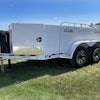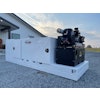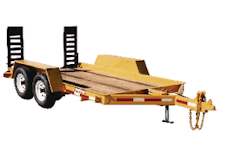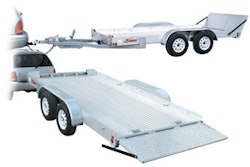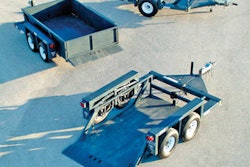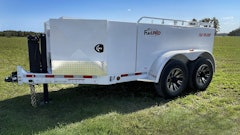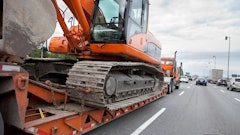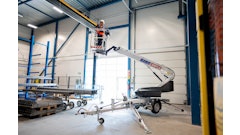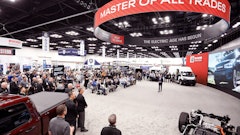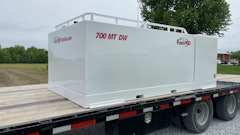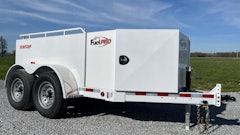ALBION, PA - There is confusion in the marketplace about what trailer capacity really means. Questions such as: Why is there sometimes a significant price difference between two "identical" capacity trailers? One important factor that is often overlooked is the load concentration of the trailer deck. Load concentration relates to the design engineering assumption that is "behind" the trailer's stated capacity. Of note: There is no industry standard by which a trailer's capacity is established. Each trailer manufacturer sets its own standard to determine the load concentration.
Engineers begin by deciding what is most likely to be hauled on the trailer, which is expressed as a weight that is compared with the trailer's deck length and wheelbase. Whether this theoretical load is a "block" or self-supporting load is also a factor. These engineering decisions determine the size and strength of the main beams, and most importantly the performance level of the finished trailer.
For example, two trailers from two different manufacturers rated to carry 55 tons may not be equal because of different engineering decisions. A trailer with a higher load concentration, designed to carry a block load over a shorter distance of the deck, will benefit a customer who wants a long-lasting trailer or a trailer that performs well, no matter what 55-ton load is carried. The trade-off is in the empty weight of the trailer. A trailer with a higher load concentration tends to be heavier because the beams are large. Higher strength steel (i.e. 130,000 psi yield steel) helps to keep the weight lower while maintaining the maximum load concentration.
Why is this important? The fact is that a trailer designed to carry an 110,000 lb. load concentrated in 12'-6", such as a bulldozer, has a much stronger deck than a trailer designed to carry an 110,000 lb self-supporting load with two contact points that are 12'-6" apart, such as a wheel loader. The trailer with concentrated load is approximately 14% stronger than the one designed for a self-supporting load. Yet, both are called 55-ton capacity trailers, and the price can be thousands of dollars different.
The bottom line - customers knowledgeable about trailer load concentration will ask the "right" questions and buy the trailer that will work best for their equipment.
When determining value and performance in a low bed trailer, remember ROGERS designs its trailers with thorough engineering to offer ideal load concentration. Because if a customer owns a 55-ton trailer, the expectation is that it will haul any 55-ton load. And ROGERS backs this high performance design with a seven-year limited structural warranty.

